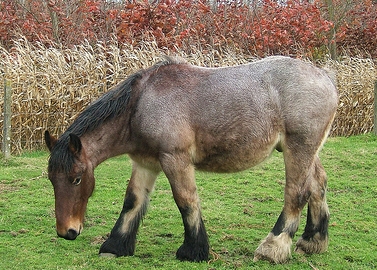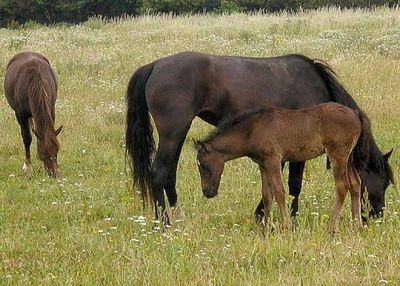We all know genetics determine a horse’s coat color, but what does that color mean in terms of a horse’s health and survival.
Horses come in different colors and color combinations and some of us have our preferences. Some of these colors are actually caused by gene mutations, a number of which can also carry serious health issues.
Breeders look for specific coat colors and will often have DNA tests performed to see what colors the dam and sire and likely to produce. Standards have been set by breeder associations as to a particular breed’s conformation ass well as coat color.
In 2007, the Horse Genome Project scientists, in their research, were able to create a genetic map of the horse, allowing better understanding of hereditary diseases. This genetic information made it easier to predict coat colors and avoid combinations that could affect the horse’s health.
Today, testing for coat color is relatively inexpensive, about $25-$40. A small amount of mane or tail hairs are snipped, then taped to a piece of paper and sent to the proper laboratory for testing.
Before domestication, the original horses had dark coat colors. When color mutations occurred in domestic horses and they were found to be attractive, breeders selected those horses to reproduce. The genes that determine coat color are also involved with cell development.
For example, the gene mutation that produces white patches in the coat of some horse breeds can also produce the overo lethal white syndrome (OLWS). Foals born with OLWS cannot move food through the intestines and excrete waste. Those that are not euthanized at birth die within a few days. To avoid this tragedy, most owners will test their horses before breeding.
There are other health issues associated with gene mutations including night blindness, aborting fetuses.
If you intend to breed your horse, no matter what the color, it’s a good idea to have both sire and dam tested to avoid problems.



